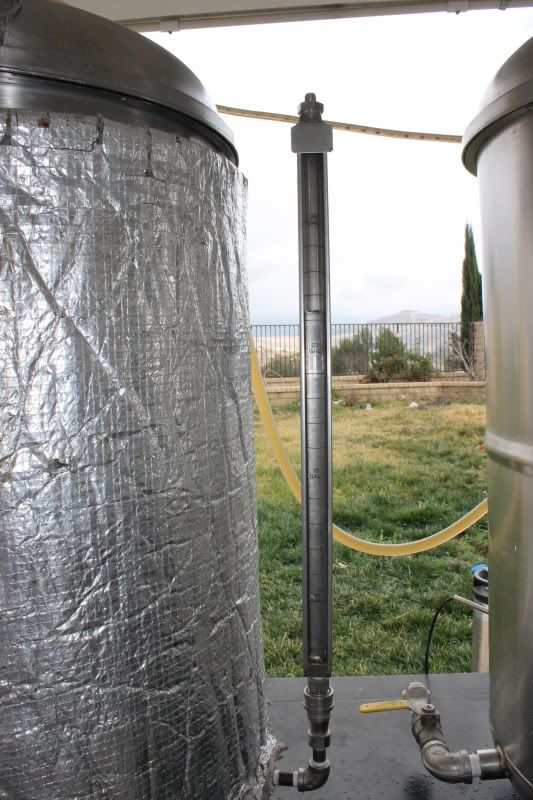im in the process of purchasing what i need to convert this 15gal keg i have. already cut the top off, so just pricing and comparing different parts.
anyway, i was looking on brewhardware for a sight glass. whats gonna be the best height to be able to read 5gal batches?
i would like to do the combo temp gauge but it says its not normally recommended.... why is this?
thanks in advance!
anyway, i was looking on brewhardware for a sight glass. whats gonna be the best height to be able to read 5gal batches?
i would like to do the combo temp gauge but it says its not normally recommended.... why is this?
thanks in advance!




